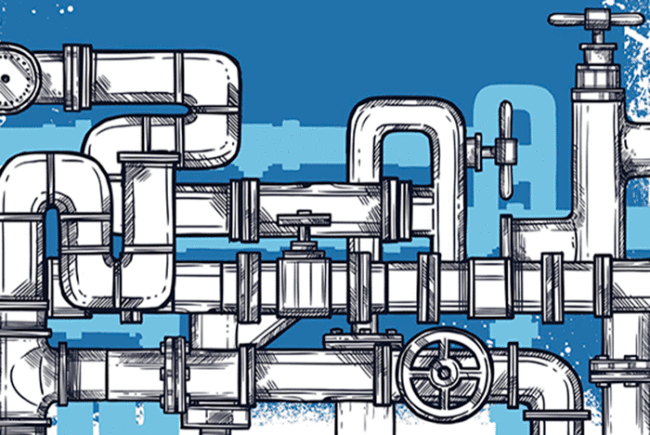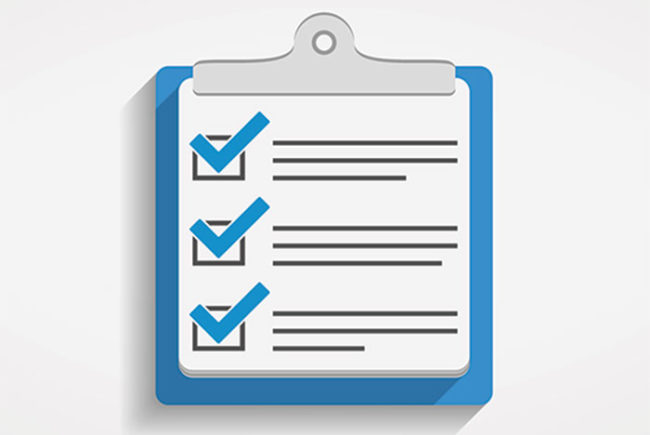Hospitals increasingly are using water risk-management plans to help reduce or eliminate waterborne illnesses. ASHRAE Standard 188, Legionellosis: Risk Management for Building Water Systems, establishes minimum legionellosis risk-management requirements, but Legionella is only one of numerous waterborne pathogens and hazards facing hospitals. A new ASHE monograph provides steps to creating a water risk-management plan that meets ASHRAE 188 requirements and helps hospitals to address other water concerns.
The monograph, "Water Management in Health Care Facilities: Complying with ASHRAE Standard 188," outlines steps for creating a water risk-management plan. Here are the steps:
- Establish a designated team.
- Develop a building water-flow diagram.
- Identify at-risk populations.
- Identify the areas, equipment and systems at risk.
- Develop strategies to mitigate the risks.
- Assign responsibility to implement risk-mitigating strategies.
- Establish a program to monitor the strategy parameters.
- Develop actions to take when results don’t meet set parameters.
- Document all activities.
- Periodically review the water-management program.
The monograph provides helpful guidance on other water-safety considerations. For example, when portions of a building water system are in a no-flow condition, there is greater opportunity for pathogens. Hospitals should create written procedures that outline steps to take whenever idled systems are back into place, such as flushing each section of the piping system.
Another safety consideration is to monitor dead legs (portions of a water system that lead to a rarely used outlet) and dead ends (lengths of pipe that are closed at one end so that water cannot flow), which are potential problem areas.
Hospitals also should consider creating a policy to promote better drainage from items like shower heads. A health care facility could invest in only self-draining shower heads or remove hooks that prevent flexible handheld shower hoses from draining properly.
The monograph covers monitoring and mitigation methods; strategies to address control limit breaches; emergency preparation and responses; and information on pathogens and how to treat them.
For more detailed information on complying with ASHRAE 188, download the "Water Management in Health Care Facilities" monograph or attend the ASHE Annual Conference in Indianapolis Aug. 6–9.
Deanna Martin is the membership and communications director at the American Society for Healthcare Engineering.
ASHE INSIGHTS
Important monographs available from ASHE
Following are two recently released monographs that can be accessed by ASHE members as free PDFs at the resource library.
- Promoting the Value of The Facility Department to the C-Suite. This monograph gives strategies and real-world examples of facility professionals who have successfully shown the value of their departments to organizational leaders.
- Risk Assessment of Medical Equipment. A key part of the Joint Commission’s environment of care management plans, risk assessments of medical equipment are covered in this new ASHE monograph. It presents a framework for facilities professionals to follow.
Design guidelines available to industry through ASHE
The 2014 editions of the Facility Guidelines Institute’s Guidelines for Design and Construction of Hospitals and Outpatient Facilities and the Guidelines for Design and Construction of Residential Health, Care, and Support Facilities can be purchased at www.ASHEstore.com.




